Schneider Electric Telecommunication cables and wires
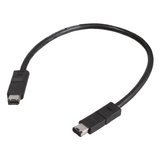

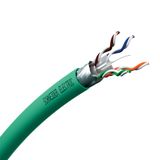
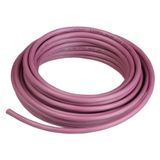

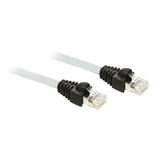


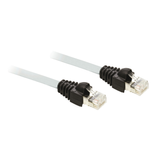
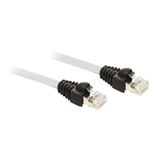
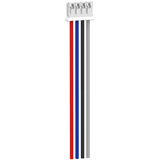
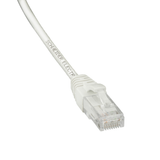
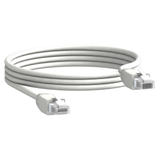

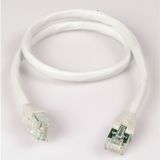

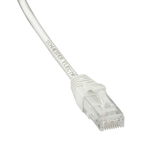
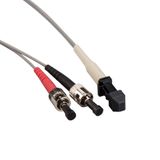
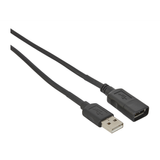
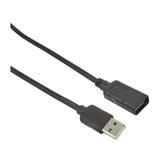


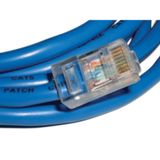
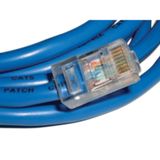
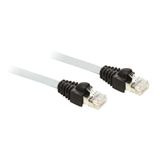

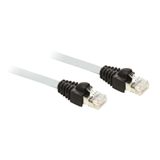
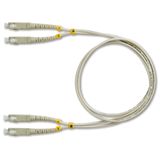
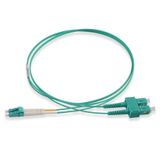

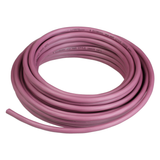
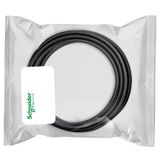
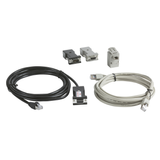
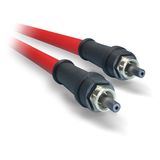
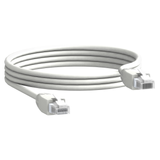
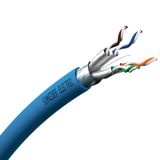


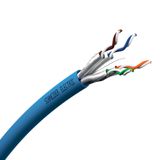

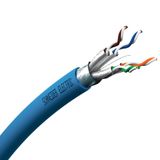


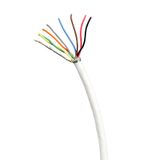
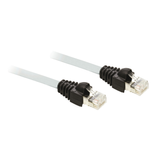

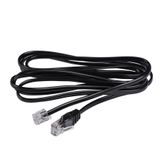

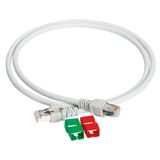


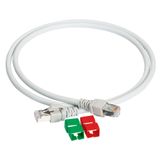
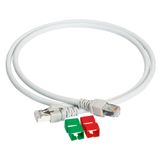
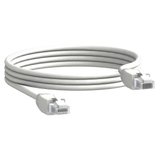
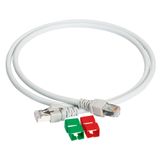
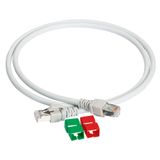
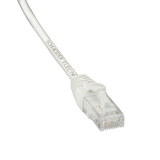
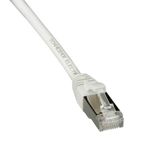


Schneider Telecommunication Cables and Wires for enterprise and plant networks
Designed for predictable throughput and low life-cycle cost, this portfolio covers copper pairs from Cat5e to Cat7A and optical OS2/OM3/OM4/OM5 for backbone and cell interconnects. Jacket options include PVC, FR-PVC, LSF/LSZH, and CPR-rated mixes for EU builds (Eca…Cca with s/d/a descriptors). Typical copper constructions are 23 AWG solid for permanent links and 26/28 AWG stranded for patching; shields range from U/UTP to F/UTP and S/FTP for high-EMI halls with VFDs. Fibers are tight-buffered for indoor, loose-tube for campus and tray runs, with LC/SC connectors and pre-terminated assemblies that drop straight into panels.
Schneider Structured Telecom Cables portfolio and classes
Copper families align to ISO/IEC 11801-1 and EN 50173 channel classes.
- Cat5e / Class D to 100 MHz for legacy and non-critical telemetry.
- Cat6 / Class E to 250 MHz for 1 GbE with PoE loads on long runs.
- Cat6A / Class EA to 500 MHz for 10GBASE-T up to 100 m; the practical workhorse in control rooms.
- Cat7/7A / Class F/FA shielded (S/FTP) to 600/1000 MHz for heavy EMI and future headroom.
Patch cords mirror the channel with snagless boots and 50 µ″ Au contacts; angled plugs clear shallow doors. Keystone jacks, unloaded patch panels, and consolidation points match the same termination geometry, so installers keep one tool set and one punch profile across sites.
Technical specifications and standards engineers expect
Copper links tested to IEC 61156 series; NEXT/PSNEXT, ACR-F, RL, and TCL verified at the stated class. PoE readiness follows IEEE 802.3af/at/bt; heat-rise data is provided for high-pair-count bundles in warm enclosures. LSZH jackets meet IEC 60332-1/-3 (flame), IEC 60754-1/-2 (halogen/acid gas), and IEC 61034 (smoke).
Fiber assemblies meet IEC 60793/60794; insertion loss typically ≤0.3 dB/connector (UPC) with <0.12 dB fusion splices. Tight bend radii on bend-insensitive types enable high-density doors; polarity and length labels are printed under clear heat-shrink for easy audit.
Schneider Fiber Optic Backup Lines for resilience
Backbone and redundant rings rely on OS2 single-mode for long distances and campus spans; OM3/OM4/OM5 multimode handles short-reach 10/25/40 Gb links inside rooms. Pre-terminated trunks (LC-LC, LC-MTP) accelerate cut-over during shutdown windows; break-outs present as cassettes in 1U frames with rear slack managers. For harsh corridors and cable trays, loose-tube gel-free constructions with glass-yarn strength members ride safely next to power if spacing rules are met.
Applications and compatibility
Control rooms, MCC corridors, and MES/SCADA backbones use shielded Cat6A where VFDs and weld cells generate noise; offices and labs use U/UTP Cat6 for density and cost. Machine cells connect vision and PLC racks over fiber to avoid ground loops. Hospitality and retail projects run CPR Cca-s1a-d1-a1 risers to meet local codes. Keystone footprints align with Schneider patch panels, outlets, and floor boxes, so schneider data wiring remains mechanically consistent cabinet to room.
System architecture and installation practice
Keep copper channels ≤90 m permanent link + ≤10 m patching; reserve headroom for moves/adds. Respect bend radius (≥8× OD copper, ≥10× OD fiber static; more during pull). Use separation or steel partitions where power and data share trunking. For PoE++ (802.3bt), de-rate high-density bundles or specify larger gauge to cap temperature rise. Seal penetrations with intumescent materials that preserve CPR declarations. Document fiber polarity (A-to-B) and label both ends with rack/port; it saves hours during fault isolation.
Interface with Schneider ecosystem
Racks, panels, outlets, and consolidation points share numbering templates and earthing points with the brand’s enclosures and trunking. Shield continuity bonds at the panel using gland bars or drain tabs; patch managers match 19″ spacing used by protection and control tiers, so routing stays tidy. With Modicon and industrial Ethernet switches, deterministic cells ride on the same physical layer without custom pin maps—use managed PoE ports for cameras and APs in production areas.
Selection criteria for B2B teams
- Traffic and latency: 10G/25G drives Cat6A or fiber in noisy halls; 1G office links tolerate Cat6 U/UTP.
- EMI and earthing: choose F/UTP or S/FTP near VFDs; bond once per channel to avoid ground loops.
- Power budget: plan for PoE/PoE+/bt; validate bundle ampacity and ambient.
- Fire and building code: set CPR class by route; use LSZH in egress and plenums per local rules.
- Distance and future growth: single-mode for campus, OM4/OM5 indoors for upgrade paths.
Where multi-site standards matter, locking the product list stabilizes schneider network cabling across projects.
Procurement and kitting for OEM and integrators
Fix a short bill per room: trunk (type/length), patch panel and cassettes, keystones, patch leads by color/length, labels, and managers. For field skids, pre-kit armored drops and grommets. Include testers and cleaning kits with each lot. This keeps schneider communication wiring predictable during FAT and site work—no missing adapters or length surprises.
Advantages of working with Bankoflamps
Bankoflamps ties pricing to your cable schedules and exposes real-time EU stock before you lock installers. Quotes typically return in about an hour. Orders by EAN/MPN prevent variant drift; your portal shows lead times, shipment status, and downloadable price lists. Approved partners can use post-payment up to 30 days. We consolidate partials to cut freight and maintain price-validity windows so phased builds stay predictable. Your account manager cross-checks CPR class, PoE load, connector type, and panel cutouts against drawings so reels and kits arrive site-ready.